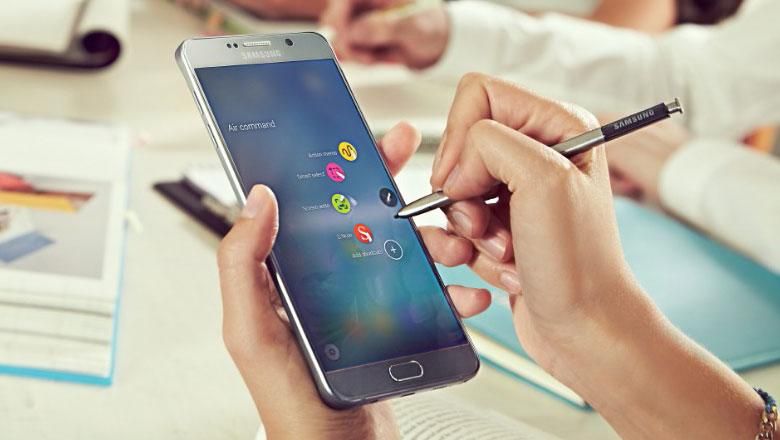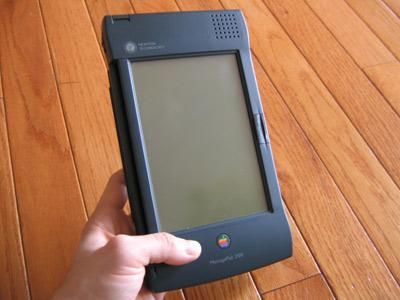There was a time (not too long ago) when Samsung reigned supreme in the fuzzy space that existed somewhere between a smartphone and tablet. We dubbed these devices “phablets”, and although that sounded pretty funny, the term sort of stuck. These devices bridged the gap between the previously distinctly different device types. Screens were bigger, that was the first thing you’d notice when comparing devices, but those weren’t the only things that were different.
Phablets generally had bigger, removable batteries, not just to power their larger screens, but to extend the usable time we had between charges. Like phones, phablets included cellular radios that let us make and receive phone calls – something proper tablets do not include. Eventually other manufacturers followed Samsung’s example, releasing large-screened phones. But were they really “phablets”?
Apple’s iPhone 6 Plus and Google’s Nexus 6 both represent “phablets” for their respective operating systems – but both completely miss the mark when they’re compared to true “phablets”: the Samsung Galaxy Note family.
The Galaxy Note has literally set the standard for not only what phablets are, but what they should be. A phablet isn’t just a phone with a big screen, though that’s where it starts. A phablet is a “hardcore” phone. It’s made for power users, for road warriors, for those who have work (or play) to get done, and have all the tools available to do it.
I’m reminded of Apple’s early entry in to the mobile market. Back in 1989, Apple announced the “Macintosh Portable”. It was an odd-looking beast, but it let you take your computer with you in a briefcase form factor. A few years later (October 1991) Apple introduced three PowerBook computers – thusly named because they could replace your physical notebook or binder. After a couple more years (August 1993), Apple went even smaller, replacing your paper-based message pad with the Newton Message Pad (also known as the “Original Message Pad”, or simply as the OMP). This device, and its successors, let you write on the screen, jotting notes, drawing pictures, and accomplishing most of what a much larger (and much heavier) notebook computer could do.
It included a large screen, expandable storage, removable battery, and apps that were customized specifically for use with its stylus.
Alas, the Newton MessagePad was a device ahead of its time.
After over a decade, Samsung re-entered the niche left all but vacant when Apple discontinued the MessagePad in February of 1998. At IFA in 2011, Samsung announced the original Galaxy Note. Finally, a pocketable device, complete with a stylus, large screen, removable battery, and slot for external storage had re-entered the marketspace. For the most part, Samsung has kept that tradition alive over the years with the Galaxy Note 2, 3, and 4. With the Galaxy Note 5, however, the external storage slot and removable battery – two components of the “successful phablet recipe” – have been omitted.
So delicious was that recipe that Samsung reportedly sold 1 million units in its first two months, and by August the following year, that number had skyrocketed to 10 million units worldwide. Why mess with what works?Based on rumors, speculation, and a little bit of deductive reasoning, Samsung didn’t include those two items (the microsd slot and removable battery) because people simply weren’t using them – at least not in enough numbers to warrant the added cost and complexity. I don’t buy that. I have a spare tire, jack, and lug wrench in in both of my cars. I rarely every use them. In the 10 years that we’ve owned both vehicles, I think I’ve used them twice – once with each car. One time I was hours away from a tow truck, and the other time I was able to get the original tire repaired before the tire shop closed. If I had to call a tow truck that day, I’d have lost a few hours, had to take time off work, and would have had to borrow a car the following day. Simply having the jack, tire iron, and spare in the cars saved a significant amount of time and money, and resulted in a lot less inconvenience! Despite rarely using my spare tire (and associated tools), I don’t see a situation where I’d ever own a car and not carry them with me.
This is the same case hardcore power users find themselves in with Samsung’s omission of a removable battery and microsd card slot. Sure, they might not be used all that often, but when they’re needed, you have them – or had them, in this case.
Like Apple’s killing off of the Newton before it, Samsung has inadvertently created a vacuum, a void waiting to be filled. The questions now are who will step forward to fill that void, and will we have to wait another decade before the next big thing comes along? Head down to the comments and let us know your thoughts on both!


